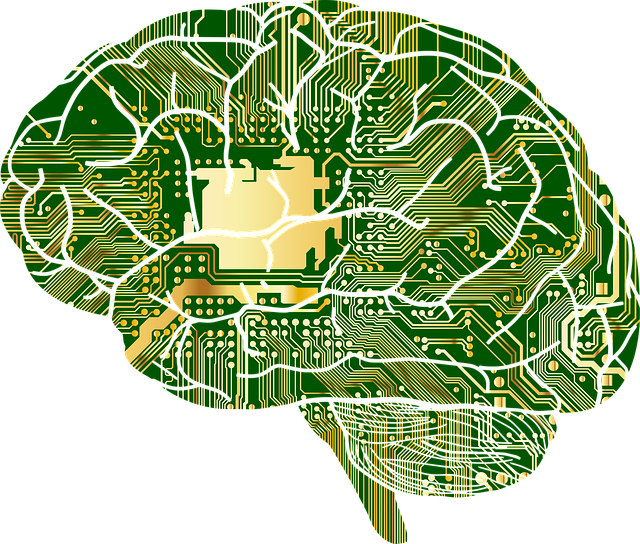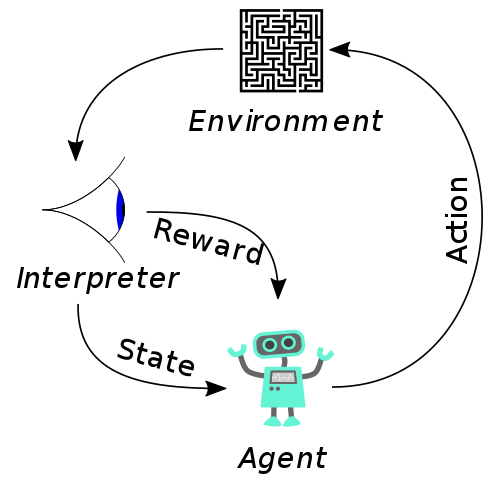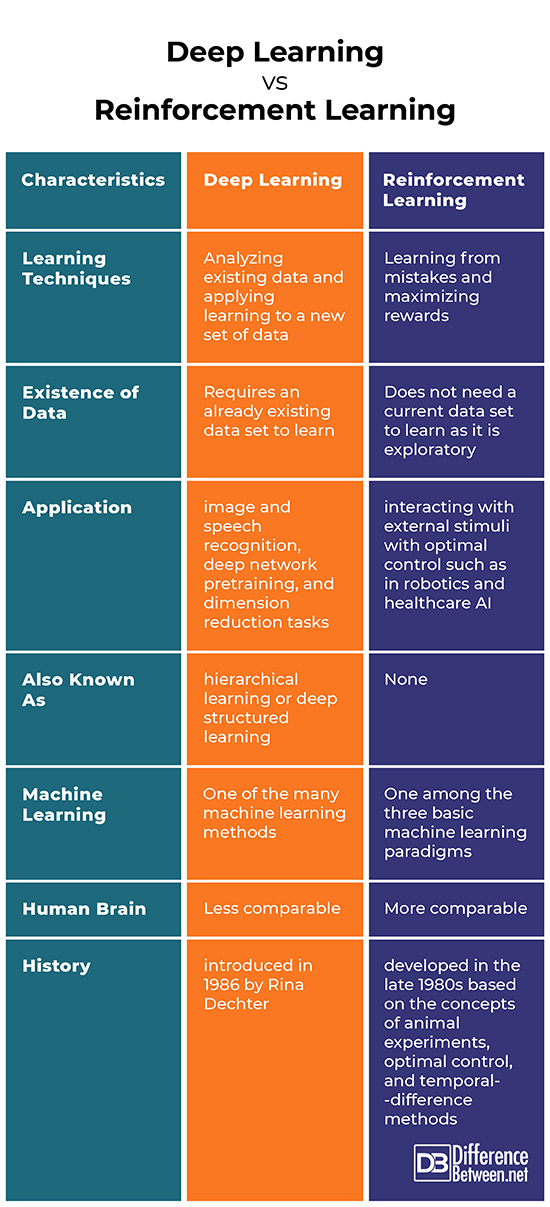Difference Between Deep Learning and Reinforcement Learning
Both deep and reinforcement learning are highly associated with the computing power of artificial intelligence (AI). They are autonomous machine learning functions which pave way for computers to create their own principles in coming up with solutions. These two kinds of learning may also coexist in several programs. Generally, deep learning employs current data while reinforcement learning utilizes the trial and error method in figuring out predictions. The following discussions further delve into such distinctions.

What is Deep Learning?
Deep learning is also termed as deep structured learning or hierarchical learning. This was first introduced in 1986 by Rina Dechter, a computer science professor. It makes use of current information in teaching algorithms to look for pertinent patterns which are essential in forecasting data. Such system utilizes different levels of artificial neural networks similar to the human brain’s neuronal makeup. With the aid of complex links, the algorithm may be able to process millions of information and zone in on a more specific prediction.
This kind of learning may be applied when developers would want a software to spot the color violet on various pictures. The program would then be fed with a number of images (hence, “deep” learning) with and without violet colors. Through clustering, the program will be able to identify patterns and learn when to flag a color as violet. Deep learning is employed in various recognition programs such as image analyses and forecasting tasks such as in time series predictions.

What is Reinforcement Learning?
Reinforcement learning generally figures out predictions through trial and error. Regarding its history from the AI perspective, it was developed in the late 1980s; it was based on the results of animal experiments, concepts on optimal control, and temporal-difference methods. Alongside supervised and unsupervised learning, reinforcement is one of the fundamental paradigms in machine learning. As its name suggests, the algorithm is trained through rewards.
For instance, AI is developed to play with humans in a certain mobile game. Every time that the AI loses, the algorithm is revised to maximize its score. Thus, this kind of technique learns from its mistakes. After numerous cycles, the AI has evolved and has become better in beating human players. Reinforcement learning is applied in various cutting-edge technologies such as improving robotics, text mining, and healthcare.
Difference between Deep Learning and Reinforcement Learning
Learning Technique
Deep learning is able to execute the target behavior by analyzing existing data and applying what was learned to a new set of information. On the other hand, reinforcement learning is able to change its response by adapting continuous feedback.
Existence of Data
Deep learning works with an already existing data as it is imperative in training the algorithm. As for reinforcement learning, it is exploratory in nature and it may be developed without a current data set as it learns via trial and error.
Application
Deep learning is used in image and speech recognition, deep network pretraining, and dimension reduction tasks. In comparison, reinforcement learning is utilized in interacting with external stimuli with optimal control such as in robotics, elevator scheduling, telecommunications, computer games, and healthcare AI.
Also Known As
Deep learning is also known as hierarchical learning or deep structured learning while reinforcement learning has no other widely known terms.
Machine Learning
Deep learning is one among the numerous machine learning methods. On the other hand, reinforcement learning is an area of machine learning; it is one of the three fundamental paradigms.
Human Brain
As compared to deep learning, reinforcement learning is closer to the capabilities of the human brain as this kind of intelligence can be improved through feedback. Deep learning is mainly for recognition and it is less linked with interaction.
History
Deep learning was first introduced in 1986 by Rina Dechter while reinforcement learning was developed in the late 1980s based on the concepts of animal experiments, optimal control, and temporal-difference methods.
Deep Learning vs Reinforcement Learning

Summary
- Deep and reinforcement learning are autonomous machine learning functions which makes it possible for computers to create their own principles in coming up with solutions.
- Deep learning makes use of current information in teaching algorithms to look for pertinent patterns which are essential in forecasting data.
- Reinforcement learning generally figures out predictions through trial and error.
- Deep learning applies learned patterns to a new set of data while reinforcement learning gains from feedback.
- Deep learning requires an already existing data set to learn while reinforcement learning does not need a current data set to learn.
- The application of deep learning is more often on recognition and area reduction tasks while reinforcement learning is usually linked with environment interaction with optimal control.
- Deep learning is also known as hierarchical learning or deep structured learning while reinforcement learning has no other term.
- Deep learning is one of the many machine learning methods while reinforcement learning is one among the three basic machine learning paradigms.
- Deep learning was introduced in 1986 while reinforcement learning was developed in the late 1980s.
- Difference Between Hematoma and Melanoma - February 9, 2023
- Difference Between Bruising and Necrosis - February 8, 2023
- Difference Between Brain Hematoma and Brain Hemorrhage - February 8, 2023
Search DifferenceBetween.net :
Leave a Response
References :
[0]Image credit: https://upload.wikimedia.org/wikipedia/commons/thumb/1/1b/Reinforcement_learning_diagram.svg/500px-Reinforcement_learning_diagram.svg.png
[1]Image credit: https://commons.wikimedia.org/wiki/File:Deep_learning.png
[2]Chollet, Francois. Deep Learning with Python. Shelter Island, NY: Manning Publications, 2017. Print.
[3]Murphy, Kevin. Machine Learning: A Probabilistic Perspective. Cambridge, MA: The MIT Press, 2012. Print.
[4]Sewak, Mohit. Deep Reinforcement Learning: Frontiers of Artificial Intelligence. New York, NY: Springer, 2019. Print.
